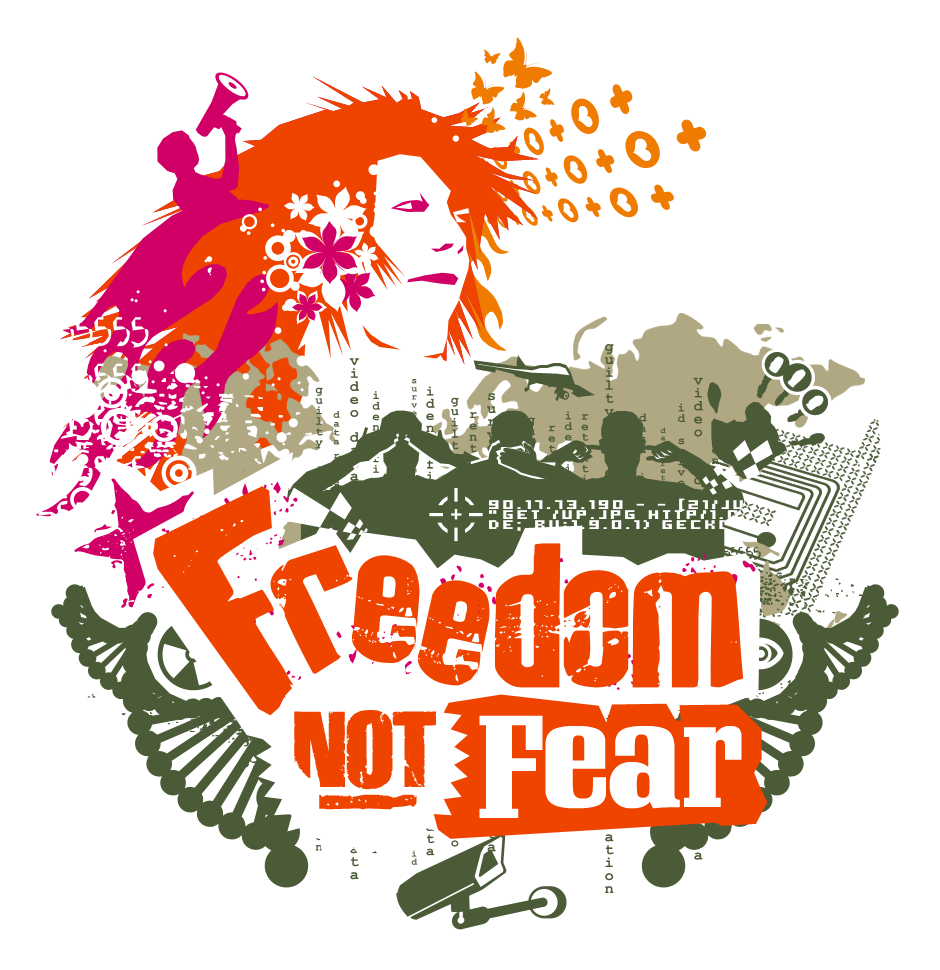Three weeks ago, the New York Times ran a pretty nasty op-ed by a woman named Judith Shulevitz, ridiculing efforts by college students to
make their campuses “safe” or “safer”.
Ms Shulevitz focused on efforts to shield students from the traumatic impact
of racist, sexist, Islamophobic or homophobic speech and suggested that
students were “infantilizing” themselves by trying to wrap themselves in security
blankets. Because her tone was so unnecessarily
belittling, the article drew pushback from students and educators, along with predictable
plaudits and reposts by right-wing blogs like The Daily Caller and HotAir.com. Unfortunately, amidst all the name-calling,
her legitimate point – or at least the legitimate point she might have made –
got lost.
I was part of some of the first feminist organizations to
introduce the idea of creating “safe space.”
It seemed like a good idea at the time (the early to mid-1980s), a way
of enabling that the most oppressed among us – women of color, working class
women, immigrants, lesbians ‑ would be able to express themselves without being
attacked or shut down. We used tools
like active listening, guidelines like “Use I statements,” (“I feel attacked,”
rather than “You’re attacking me”), and caucusing with others who experienced
similar oppressions. None of this,
however, was intended to shield us from hearing oppressive things, it was a way
to deal with them when they happened, which they inevitably did. In fact, the reason we wanted to make a safe
space was so that we could tackle the
thorniest issues within our groups – racism, homophobia, sexual trauma, fat
oppression. This was particularly important
in a group like San Francisco Women Against Rape, where so many of us were survivors
of violence. We understood that without a
process for examining and trying to address power imbalances and harmful
dynamics, they would be swept under the rug but not go away and eventually
women would leave the group.
By the late nineties, feminists had recognized that “safe
space” was impossible and started talking about “safer” spaces. Ten years later, that concept had evolved
again, into “working space.” Another veteran of SFWAR, who now teaches at a women’s college back east, said she tells her students, “This
is not a safe space, it’s a learning space, and learning isn't safe.”
Nonetheless, the principles, that we ought to take care of each other,
that accepting conflict doesn’t mean it’s open season to lash out in
oppressive ways, remain valid and important.
Feminist and queer theorists of color have pointed out
that the whole idea of “safety” is culturally laden. Assuming, for instance, as the Michigan Women’sMusic Festival does, that women feel safer among people who share our natal genitalia
presumes a primacy and community of gender that many women do not feel. When I was in college, we white feminists could
not understand why Black feminists wanted men to participate in a Take Back The
Night march. Only years later did it
occur to me why being among hundreds of white women chanting about rape might have
felt scary to Black women (yes, I was really dumb).
When we all have such different requirements for safety, the
idea of making policy – whether it’s for a school, a city or a country – based on
people’s individual perception of danger risks doing the very opposite of what
the feminist movement was aiming for when we introduced the concept of safer
space. The claim that Jewish students feel“unsafe” has been repeatedly used to shut down campus activism criticizing Israel. The feeling by police officers that their
lives were in danger was the alleged basis for the killings of Michael Brown,
Tamir Rice, Walter Scott, Akai Gurley, Yuvette Henderson and hundreds of others
in the last year. Binyamin Netanyahu’s,
and by extension the Israeli public’s, feeling that their security is
threatened gives us a drumbeat of dire predictions if the US does not declare
war on Iran – a drumbeat inexplicably given enormous space in the US media.
My brother-in-law and I were talking a couple weeks ago
about buffer zones, or no-protest zones, around abortion clinics. He said that women find it upsetting to be
harassed on their way into a clinic. I
said yes, and I expect delegates to the World Trade Organization found it
upsetting to be yelled at by protesters at the Seattle ministerial. But I and 20,000 of my friends felt we had
the right to do it. There’s a large Catholic
church on the corner near my house. If I
happen to walk by there during Sunday mass, I usually see two people standing
in front of the church with signs about misogyny and child abuse. (One of the two is Pat Maginnis, who was prosecuted
for handing out illegal information about abortion in the 1960s - check out her great websitie.). I’m sure the people who go to the church find
it upsetting to see them there. I wish people
would not think it was their business to tell women what to do with their
bodies, but making laws outlawing certain opinions in certain locations is, in
my opinion, much more dangerous.
The concept that the personal is political and emotion is as important in politics as rationality has been an extraordinary
contributions of the feminist movement.
But it was meant as a starting point, not a way to block out ideas that
make us uncomfortable. Since each of us
is made uncomfortable by different things, if we banned everything that made
anyone feel unsafe, what would we have left to discuss?
Ultimately, what we feel must give way to a sober
assessment of what actual danger exists or doesn’t exist. And college campuses are a good place to learn to do that assessing.
Being controlled by our fear opens the door to untrammeled authoritarianism, a danger that currently - in my sober assessment - is all too real. That’s what Judith Shulevitz should have pointed out.


No comments:
Post a Comment